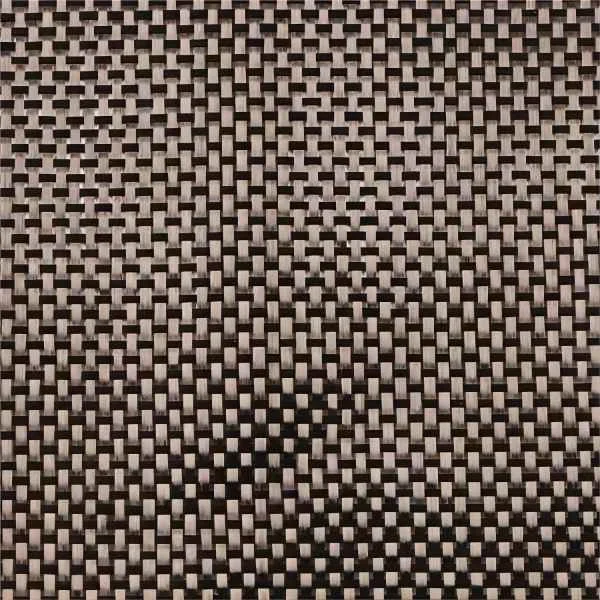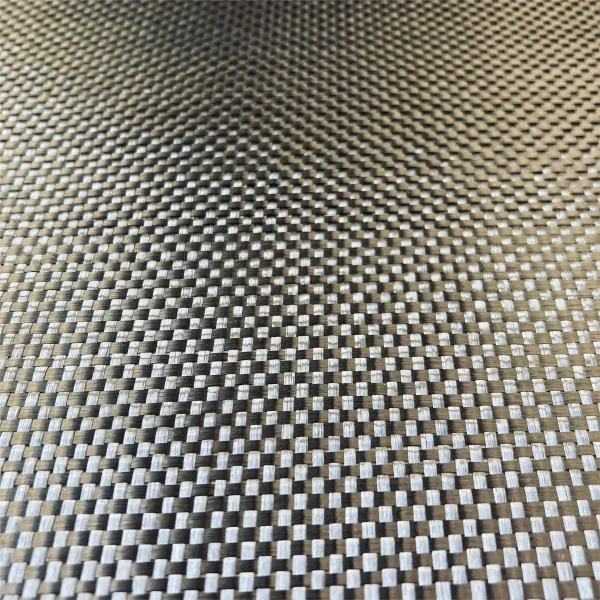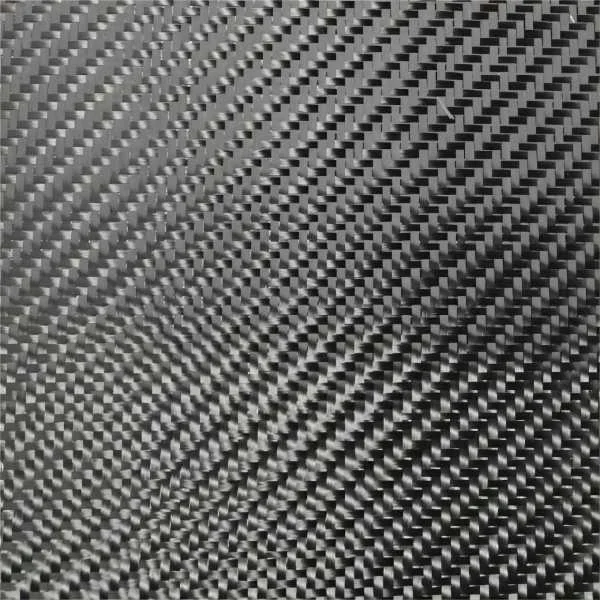Composite materials have revolutionized various industries, offering lightweight, high-strength, and versatile solutions. Carbon fiber composites, in particular, have gained significant attention due to their exceptional properties. Within the realm of carbon fiber composites, bidirectional carbon fiber fabric plays a crucialrole in enhancing structural integrity and performance. In this article, we will delve into the advantages of using bidirectional carbon fiber fabric in composite materials, highlighting its unique characteristics and the benefits it brings to various applications.
I. Understanding Bidirectional Carbon Fiber Fabric
Bidirectional carbon fiber fabric, also known as 2D carbon fiber fabric, is a woven material composed of carbon fiber strands in two primary directions: the warp and the weft. The warp direction refers to the fibers running parallel to the length of the fabric, while the weft direction represents the fibers running perpendicular to the length. This arrangement creates a grid-like pattern, resulting in a fabric that exhibits strength and stiffness in both directions.

II. Enhanced Structural Integrity
Balanced Strength: Bidirectional carbon fiber fabric offers balanced strength in both the warp and weft directions. This balanced strength distribution allows for uniform load distribution and enhanced structural integrity in composite materials. It ensures that the material can withstand forces applied from different directions, reducing the risk of failure and improving overall durability.
Improved Stiffness: The grid-like pattern of bidirectional carbon fiber fabric enhances the stiffness of composite structures. The fibers in both directions work together to resist deformation and maintain structural integrity. This improved stiffness contributes to the rigidity of the composite materials, making them suitable for applications that require strong and stable structures.
III. Tailored Mechanical Properties
1.Customizable Orientation: Bidirectional carbon fiber fabric offers the advantage of customizable fiber orientation. By adjusting the angle and density of the fibers in the warp and weft directions, manufacturers can tailor the mechanical properties of the composite material to meet specific application requirements. This flexibility allows for optimized performance in terms of strength, stiffness, and impact resistance.
2.Anisotropic Properties: Bidirectional carbon fiber fabric enables the creation of anisotropic composite materials, meaning their properties vary depending on the direction of the applied force. This property is especially advantageous in applications where specific areas of the structure require different mechanical characteristics. By strategically orienting the fabric, manufacturers can design composite materials that offer superior performance in the desired directions.

IV. Weight Reduction and High Strength
1.Lightweight: Bidirectional carbon fiber fabric contributes to the lightweight nature of composite materials. Carbon fibers are inherently lightweight, and the bidirectional arrangement allows for efficient load-bearing while minimizing unnecessary weight. The reduced weight of composite structures offers various benefits, including increased fuel efficiency in transportation applications and improved handling in aerospace and sporting goods.
2.High Strength-to-Weight Ratio: The combination of carbon fiber and the bidirectional fabric structure results in composite materials with a high strength-to-weight ratio. Carbon fibers possess exceptional tensile strength, and the bidirectional arrangement ensures that this strength is effectively utilized in multiple directions. This high strength-to-weight ratio allows for the design of lightweight structures without compromising on strength and performance.
V. Versatility and Application Potential
1.Wide Range of Applications: Bidirectional carbon fiber fabric finds applications in diverse industries, including aerospace, automotive, marine, sports and leisure, and construction. Its versatility stems from the ability to customize mechanical properties, making it suitable for applications that require lightweight, high-strength materials.
2.Manufacturing Efficiency: Bidirectional carbon fiber fabric offers manufacturing efficiency due to its woven structure. The fabric can be easily cut, draped, and molded into various shapes and sizes, facilitating the manufacturing process of complex composite structures. This efficiency contributes to reduced production time and cost-effectiveness.

Conclusion
Bidirectional carbon fiber fabric plays a vital role in enhancing the performance and structural integrity of composite materials. Its balanced strength, improved stiffness, and customizable mechanical properties make it an ideal choice for applications that require lightweight, high-strength materials. The ability to tailor the fiber orientation allows for optimized performance, while the lightweight nature and high strength-to-weight ratio offer numerous advantages in diverse industries. As technology continues to advance, bidirectional carbon fiber fabric will undoubtedly remain a key component in the development of advanced composite materials, driving innovation and pushing the boundaries of what is possible in various fields.
HengZhong Carbon Fiber Fabric uses high-precision carbon wire, advanced equipment, and powerful weaving technology. It is very glue-saving and durable. Each square carbon cloth can save about 0.5kg of carbon glue, and it also meets the design life of more than 50 years. For you Build a security framework to escort! Contact us to tell us about your performance fiber product needs!

